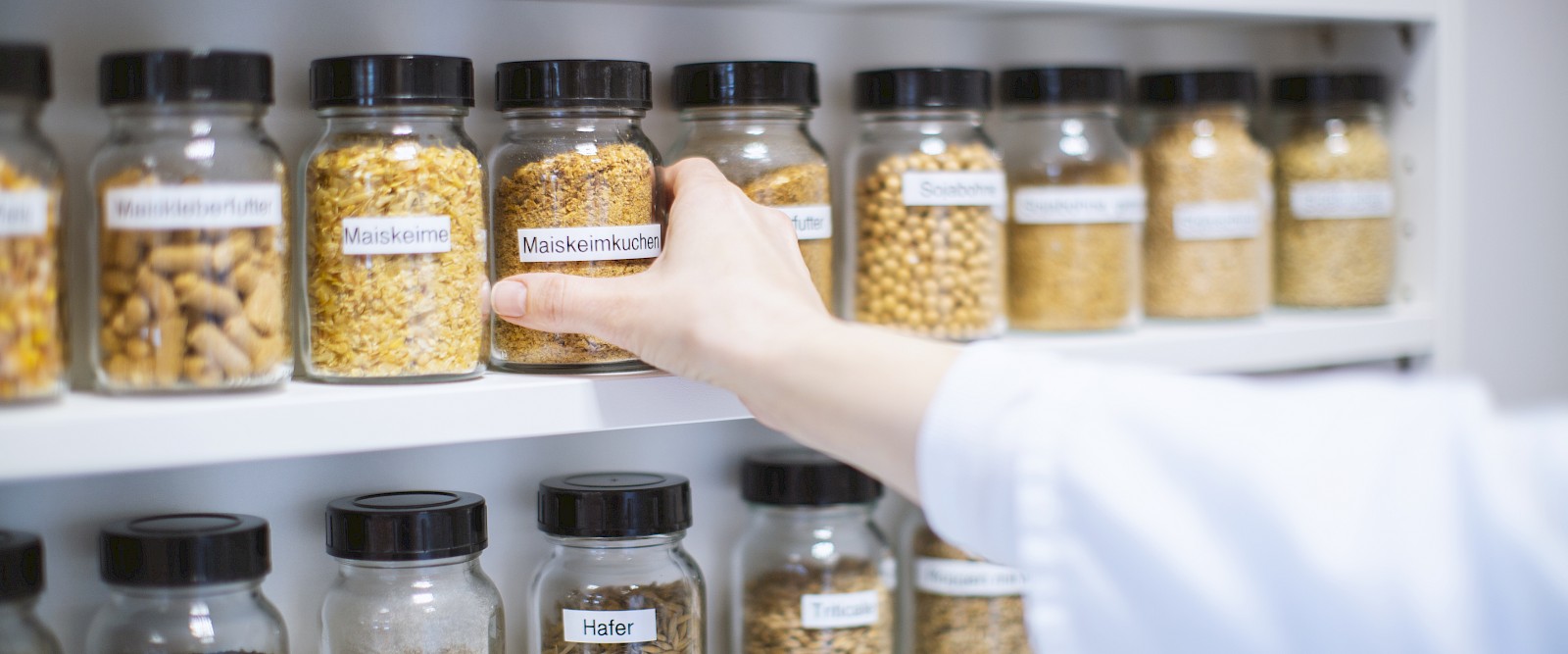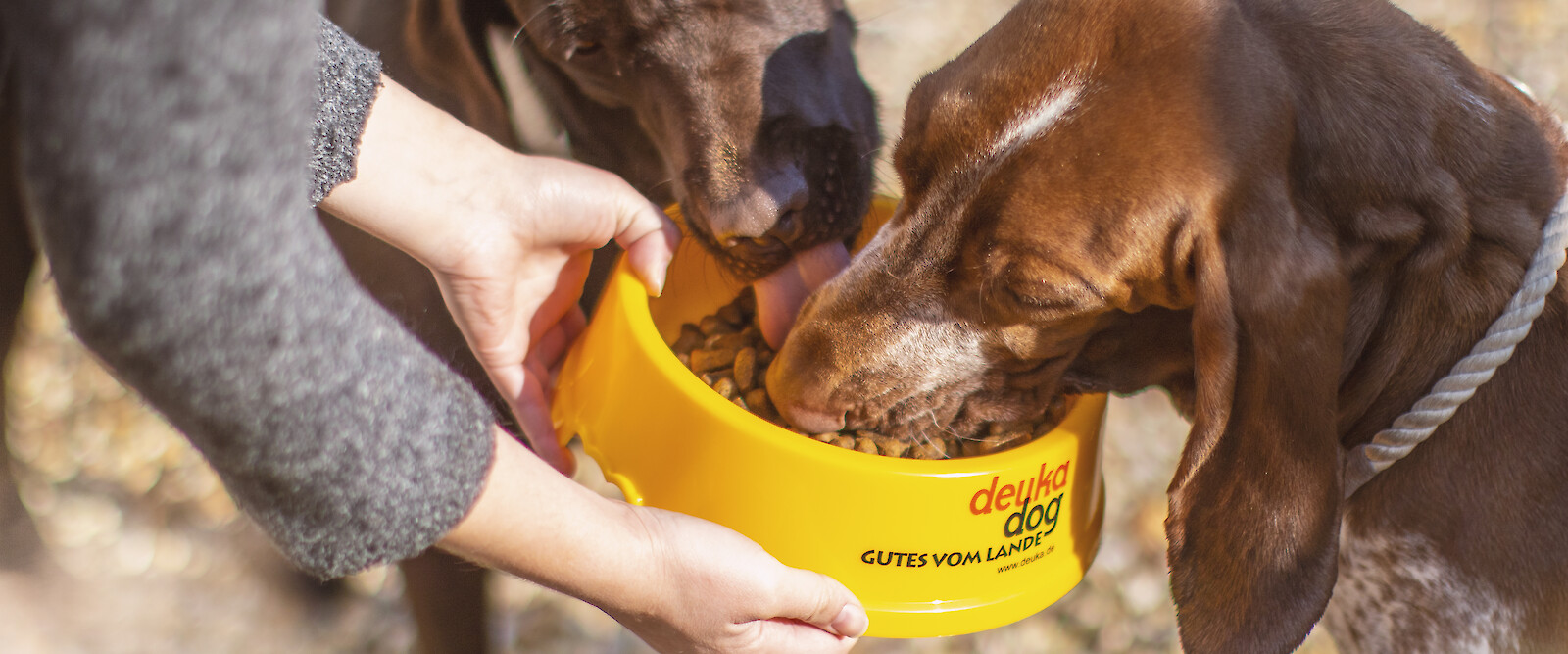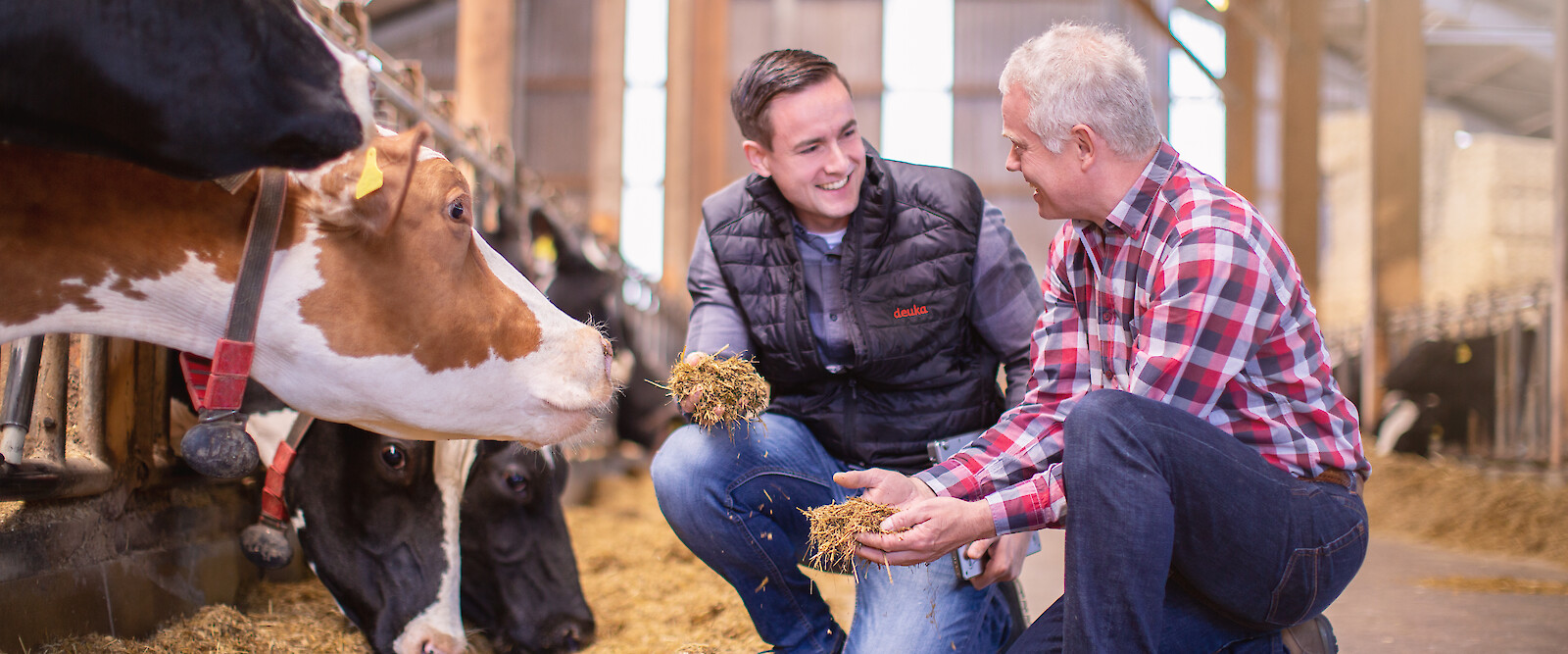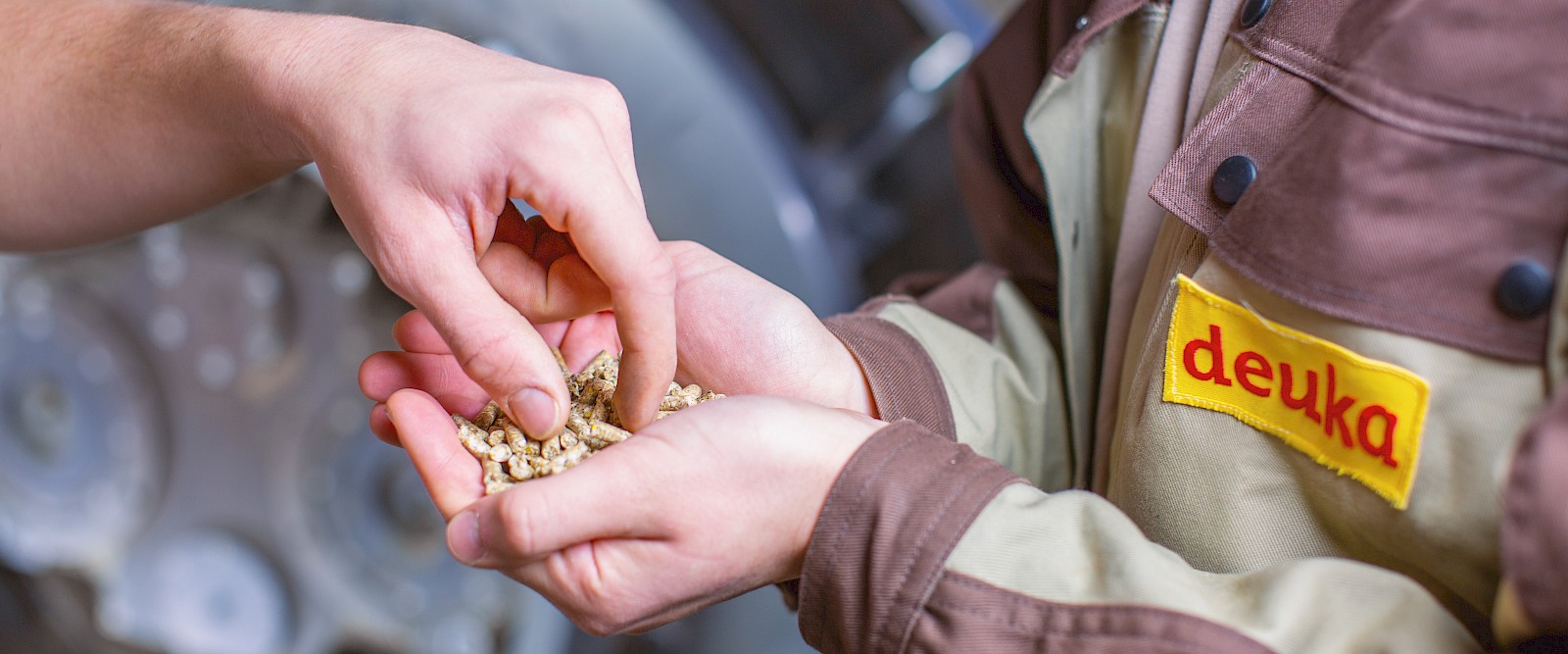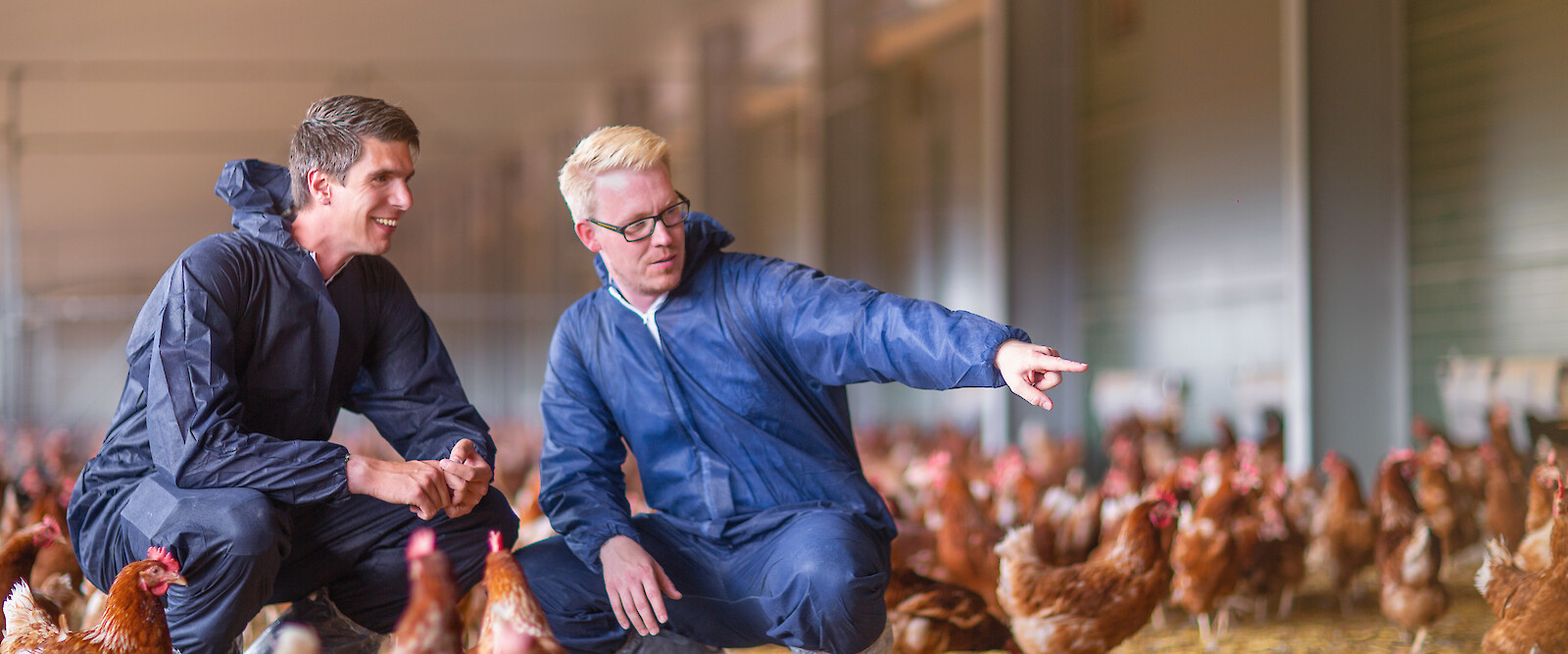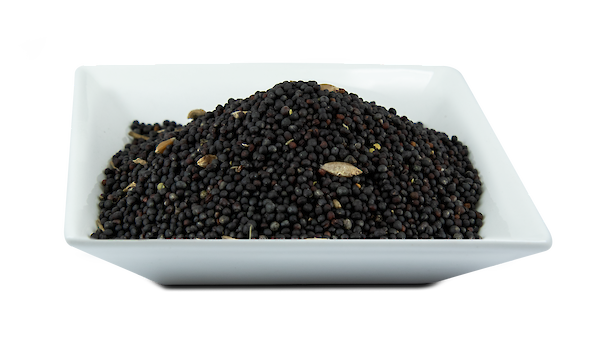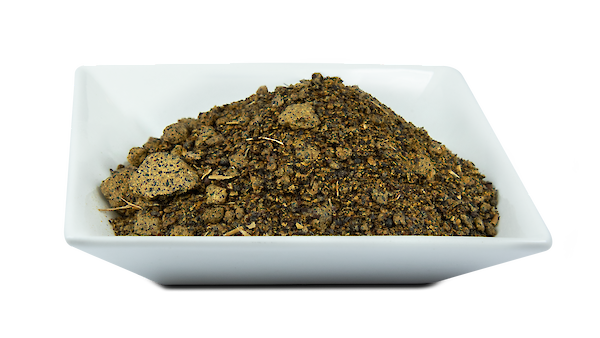Raw material and nutrient lexicon
Weitere Einträge
- Rapeseed cake
- Rapeseed extraction meal
- Crude ash
- Crude fibre
- Crude fat
- Crude protein
- Rumen resistant starch (bXS)
- Ruminal N balance (RNB)
- Rye
- Rye bran
Rapeseed extraction meal
Rapeseed extraction meal is a by-product of the extraction of rapeseed oil from rapeseed. The rape varieties cultivated today(Brassica napus ssp. ) are breeds with very low erucic acid and glucosinolate contents (00 varieties). These substances are also called antinutritive substances because they can negatively influence digestion. Today's rapeseed products can be used in feeding without hesitation. Rapeseed extraction meal contains as significant ingredients approx. 35 % crude protein, approx. eleven % crude fibre and is characterised by an increased content of the essential amino acid methionine in the protein compared to other protein-rich meal. The fat content is only about two %. In animal nutrition, rapeseed extraction meal is used as a protein-rich component primarily in mixed feeds for ruminants(cows, cattle), fattening poultry and fattening pigs. By means of a further special hydrothermal treatment step, the rapeseed meal can be further refined for feeding to dairy cows. In this process, the protein in the rapeseed meal is modified in such a way that it is protected from degradation by the rumen microbes and is digested enzymatically in the small intestine. This process is also known as the opticon process and has been developed by Deutsche Tiernahrung Cremer.
Rapeseed extraction meal |
|
Ingredients |
Content
|
|
Dry matter, g/kg |
870,00 |
|
Crude protein, g/kg |
350,00 |
|
Lysine, g/kg |
19,80 |
|
Methionine, g/kg |
7,40 |
|
Methionine |
16,00 |
|
Threonine, g/kg |
15,70 |
|
Tryptophan, g/kg |
4,60 |
|
UDP, % |
30,00 |
|
nXP, g/kg |
211,40 |
|
RNB, g/kg |
22,20 |
|
Crude fibre, g/kg |
115,00 |
|
Crude fat, g/kg |
20,00 |
|
Sugar, g/kg |
70,00 |
|
Starch, g/kg |
12,00 |
|
Starch content |
10,00 |
|
resistant starch |
1,20 |
|
NDForg, g/kg |
256,70 |
|
ADForg, g/kg |
204,50 |
|
NFC, g/kg |
174,00 |
|
Structural value |
0,29 |
|
Crude ash, g/kg |
71,30 |
|
ME, MJ/kg |
9,90 |
|
ME, MJ/kg |
8,30 |
|
ME, MJ/kg |
10,45 |
|
NEL, MJ/kg |
6,35 |
|
Calcium, g/kg |
6,60 |
|
Phosphorus, g/kg |
11,70 |
|
digestible |
3,50 |
|
Sodium, g/kg |
0,10 |
Sources: DLG feed value tables for pigs; DLG feed value tables for ruminants; Rechenmeister 2000 (Chamber of Agriculture Westphalia-Lippe); CVB Veevoedertabel; DLG Information 2/2001 Structure and carbohydrate supply of the dairy cow
